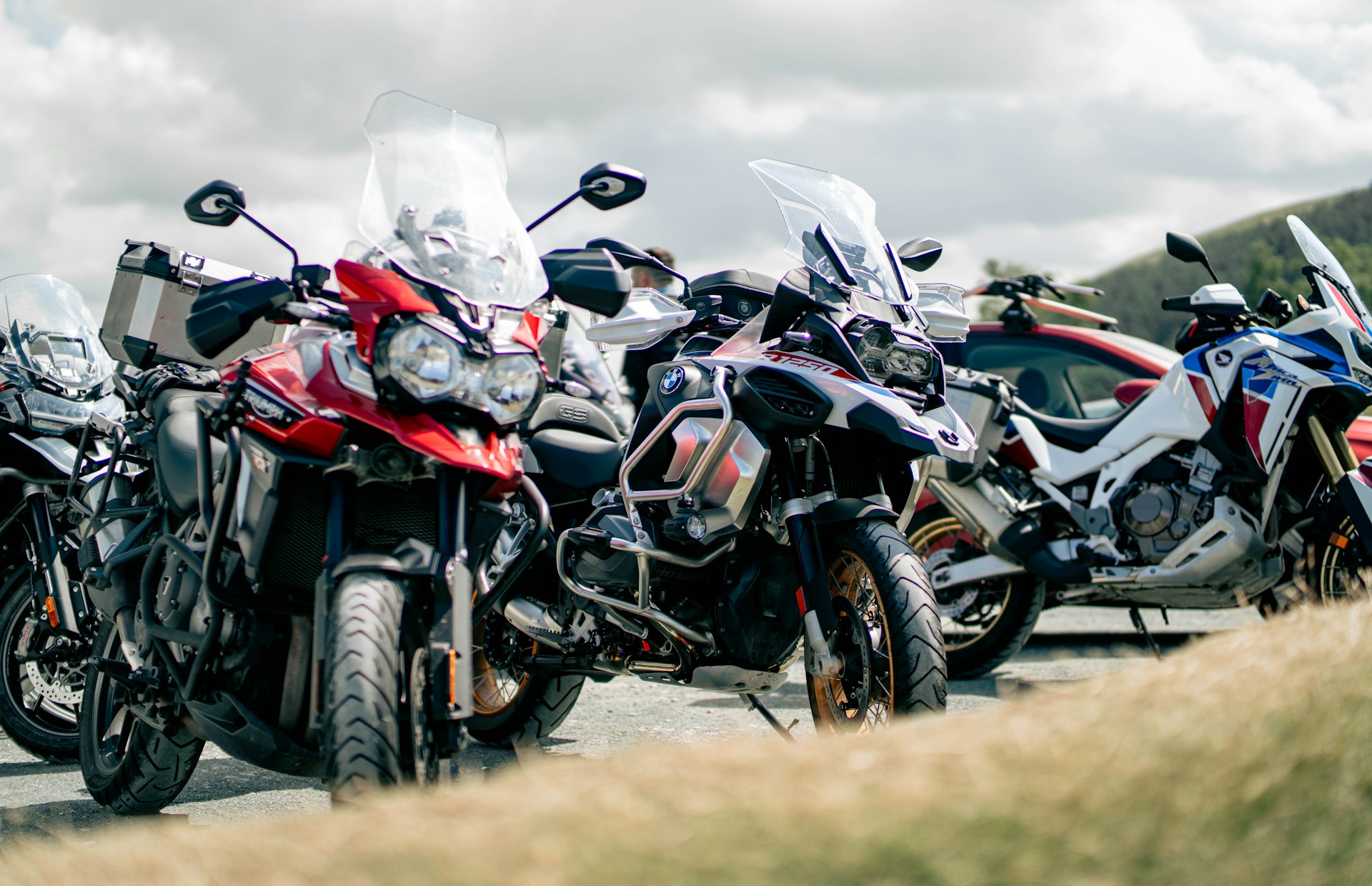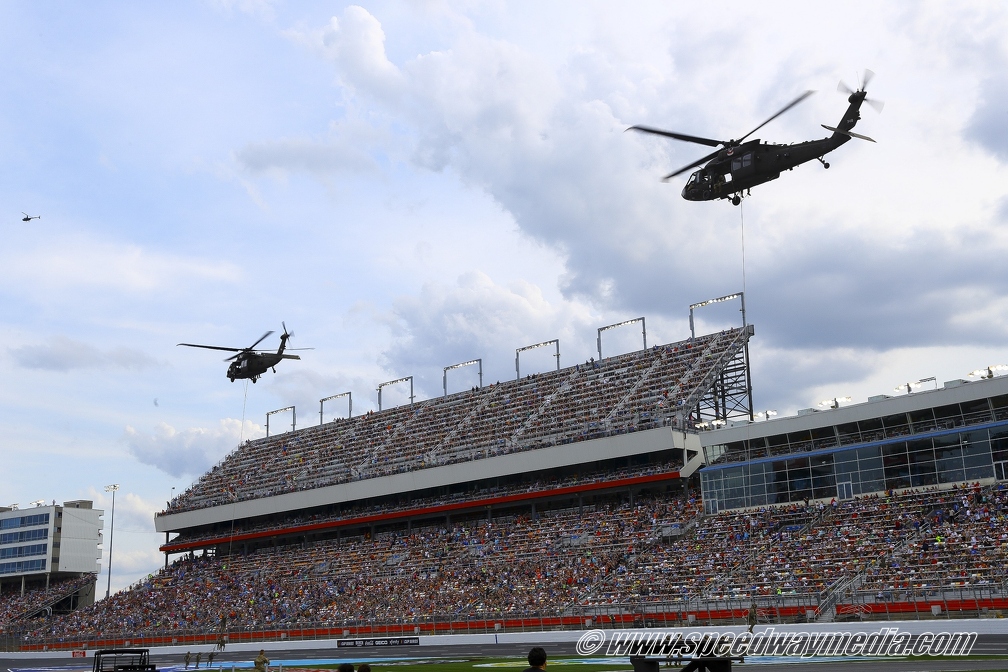For beginners, diving into the world of motorcycling can be both exhilarating and overwhelming. From choosing your first motorcycle to mastering the basics of riding, there’s a lot to learn. This guide aims to provide you with practical tips and essential information to help you start your journey safely and confidently.
Choosing Your First Motorcycle
The first step in your motorcycling journey is selecting the right bike. As a beginner, it’s crucial to choose a motorcycle that matches your skill level and needs. Here are some factors to consider:
Type of Motorcycle
Motorcycles come in various types, each designed for different purposes:
- Sport Bikes: Known for their speed and agility, sport bikes are lightweight and have a forward-leaning riding position. They are great for thrill-seekers but may not be ideal for beginners due to their power and responsiveness.
- Cruisers: With a relaxed, upright seating position and a low seat height, cruisers are comfortable and easy to handle, making them a popular choice for beginners.
- Standard Bikes: These bikes are versatile and designed for everyday use. They have a neutral riding position, making them a great option for new riders.
- Dual-Sport Bikes: If you’re interested in both on-road and off-road riding, dual-sport bikes offer the best of both worlds. They are generally lightweight and easy to handle.
Engine Size
For beginners, it’s advisable to start with a motorcycle with a smaller engine (between 250cc and 500cc). These bikes are usually lighter, easier to control, and less intimidating, allowing you to build your confidence and skills before moving on to more powerful machines.
Fit and Comfort
Ensure the motorcycle fits you well. When seated, you should be able to place both feet flat on the ground. The controls should be within easy reach, and you should feel comfortable and balanced.
Essential Safety Gear
Safety should always be your top priority when riding a motorcycle. Investing in the right gear can significantly reduce the risk of injury in case of an accident.
Helmet
A helmet is the most critical piece of safety gear. Choose a full-face helmet that meets safety standards (such as DOT, ECE, or Snell certifications). It should fit snugly and provide adequate protection for your head and face.
Protective Clothing
- Jacket: A good motorcycle jacket made of leather or textile materials will protect you from abrasions and weather conditions. Look for one with armor in the shoulders, elbows, and back.
- Pants: Riding pants with knee and hip protection are essential. Jeans may not provide sufficient protection in a crash.
- Gloves: Motorcycle gloves protect your hands from abrasions and improve your grip. Choose gloves with knuckle protection and reinforced palms.
- Boots: Sturdy, over-the-ankle boots provide support and protect your feet and ankles. Avoid regular shoes or sneakers.
Even with the safest riding, accidents still happen. That’s why equipping yourself with the best safety gear is essential for riders of any skill level. If your accident was due to no fault of your own, a personal injury lawyer can help prove negligence and hold the at fault party liable for your accident.
Learning to Ride
Once you have your motorcycle and gear, the next step is learning to ride. Enrolling in a motorcycle safety course is highly recommended for beginners.
Motorcycle Safety Course
A motorcycle safety course will teach you the basics of riding, including starting, stopping, turning, and emergency maneuvers. These courses are often offered by local motorcycle organizations or rider training schools. Completing a course may also qualify you for insurance discounts and improve your confidence on the road.
Practice, Practice, Practice
After completing a safety course, practice riding in a safe, controlled environment. Empty parking lots are ideal for practicing low-speed maneuvers, braking, and turns. As you gain confidence, gradually transition to riding on quiet streets before tackling busier roads.
Tips for Safe Riding
Riding a motorcycle requires constant vigilance and awareness. Here are some tips to help you stay safe on the road:
Be Visible
Wear bright, reflective gear to make yourself as visible as possible to other drivers.
- Use your lights: Keep your headlights on, even during the day.
- Positioning: Ride in a lane position where you are most visible to other drivers. Avoid blind spots and make your intentions clear with signals.
- Stay Alert
- Scan your surroundings: Constantly scan for potential hazards, including other vehicles, pedestrians, and road conditions.
- Anticipate: Try to anticipate the actions of other drivers and be prepared to react.
- Avoid distractions: Keep your focus on the road and avoid using your phone or other distractions while riding.
Ride Defensively
Keep a safe distance: Maintain a safe following distance from the vehicle in front of you.
Be cautious at intersections: Many motorcycle accidents occur at intersections. Slow down and be extra vigilant.
Adjust for weather: Rain, wind, and other weather conditions can affect your bike’s handling. Ride more cautiously in adverse weather.
Joining the Motorcycle Community
Motorcycling is not just about riding; it’s also about community. Joining a motorcycle club or group can provide you with support, camaraderie, and opportunities to learn from more experienced riders. Look for local clubs, online forums, or social media groups where you can connect with other enthusiasts.
Conclusion
Starting your motorcycling journey can be a rewarding experience. By choosing the right bike, investing in proper gear, learning to ride safely, and practicing regularly, you’ll set yourself up for a lifetime of enjoyable and safe riding. Remember, safety always comes first, and continuous learning and practice are key to becoming a proficient rider. Enjoy the ride!







